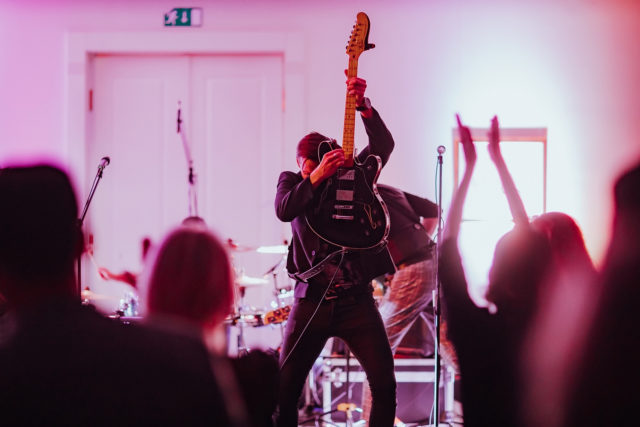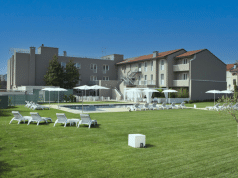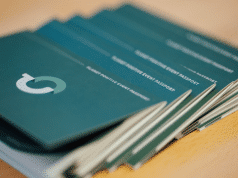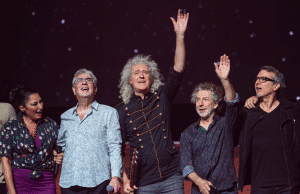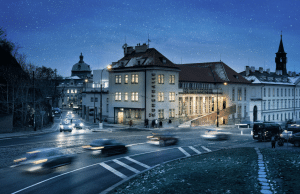DEFINITION
Rhythm is in all of us. We can feel, hear it, taste it even. Some participants are more rhythmic than others, so establishing the right event rhythm is extremely important. Rhythm is all about assembling individual segments of an event into a logical time sequence. The result is a programme that can grab a participant’s attention or make a participant lose it. Greater attention means greater recollection and greater ROI.
THE STARTING POINT
Defining event rhythm is a relatively new, abstract field of event organisation. It is something that we take on intuitively and unsystematically. In most cases, rhythm is created by copying different programme schemes from good practice cases. As simple as it might seem, this can create a lot of problems in practice. We first have to understand the nature of rhythmic activities in our brains in order for individual event elements to connect, become in sync and harmonise. For them to resonate with the participants. If we can understand rhythm, the attendees will feel the harmonic balance of our event and the deeper message that we are trying to get across.
THE CONCEPT
Music has immense power and a direct effect on the listener. Rhythm travels into our subconscious and triggers positive emotions. You’ve probably seen the experiment by that Swiss doctor, who proved that at a certain frequency, sand vibrating on a level surface creates exact geometric shapes. Exposing yourself to specific vibrations is said to have a positive effect on breathing, muscle tension, temperature and general health.
Although at first glance the connection between musical rhythm and organisation of events and conferences seems illogical, I believe that the rhythm of the event is also the key to success and the path to efficient energy utilisation of the event. With the rhythm in music and at events, we can achieve the best variations on the theme of your meeting or event.
After all, rhythms derive from thousands of years of history as part of rituals of different peoples. Rhythm is also used in art and poetry, and I firmly believe that it should also be required in connection with the organisation of events.
As I said before, rhythm is about assembling a logical time sequence with which we hope to grab the participants’ attention. The fact is, human attention span also swings rhythmically. If we don’t take that into account soon enough, the entire event structure can start falling apart. Have you noticed how instinctively we respond to rhythm? Nodding your head, tapping your feet on the ground or dancing to the rhythm. All of this happens without us even thinking about it. Mastering rhythm and programme flow should, therefore, be one of the main tasks of every event planner. Think about a very abundant lunch. You certainly wouldn’t tackle heavy topics like saving the world or global warming right after you have eaten. To prevent indigestion and help the programme flow better, we need a conductor, an orchestrator. In the event world, we call this profession moderation. Just like in music, the moderator sets the tempo of the event.
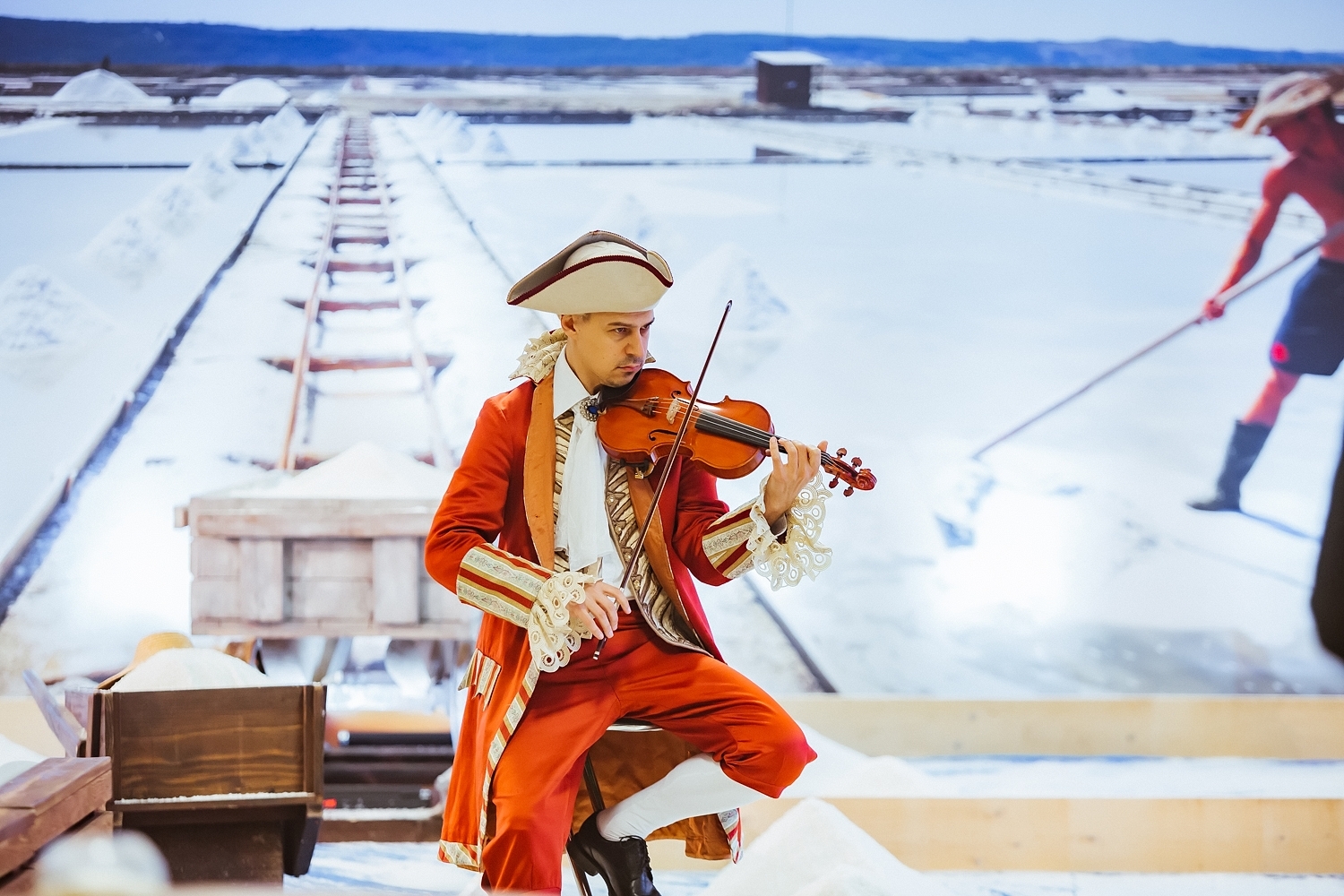
TIPS AND TOOLS
A moderator is the heart and soul of event rhythm. Including a good moderator in your programme is absolutely necessary if you don’t want your attendees to die of boredom and start pulling out their phones. A good moderator knows how to break the ice at the beginning of the event, keep the energy high and encourage networking right until the very end. A good moderator knows how to get out of sticky, awkward situations and can adapt to the participants. The moderator’s role is to connect individual sections of the programme, maintain the right balance between relaxation and focus, and establish a strong connection with the attendees. My tip would be to include the moderator in the preparation of your event programme in the very early stages.
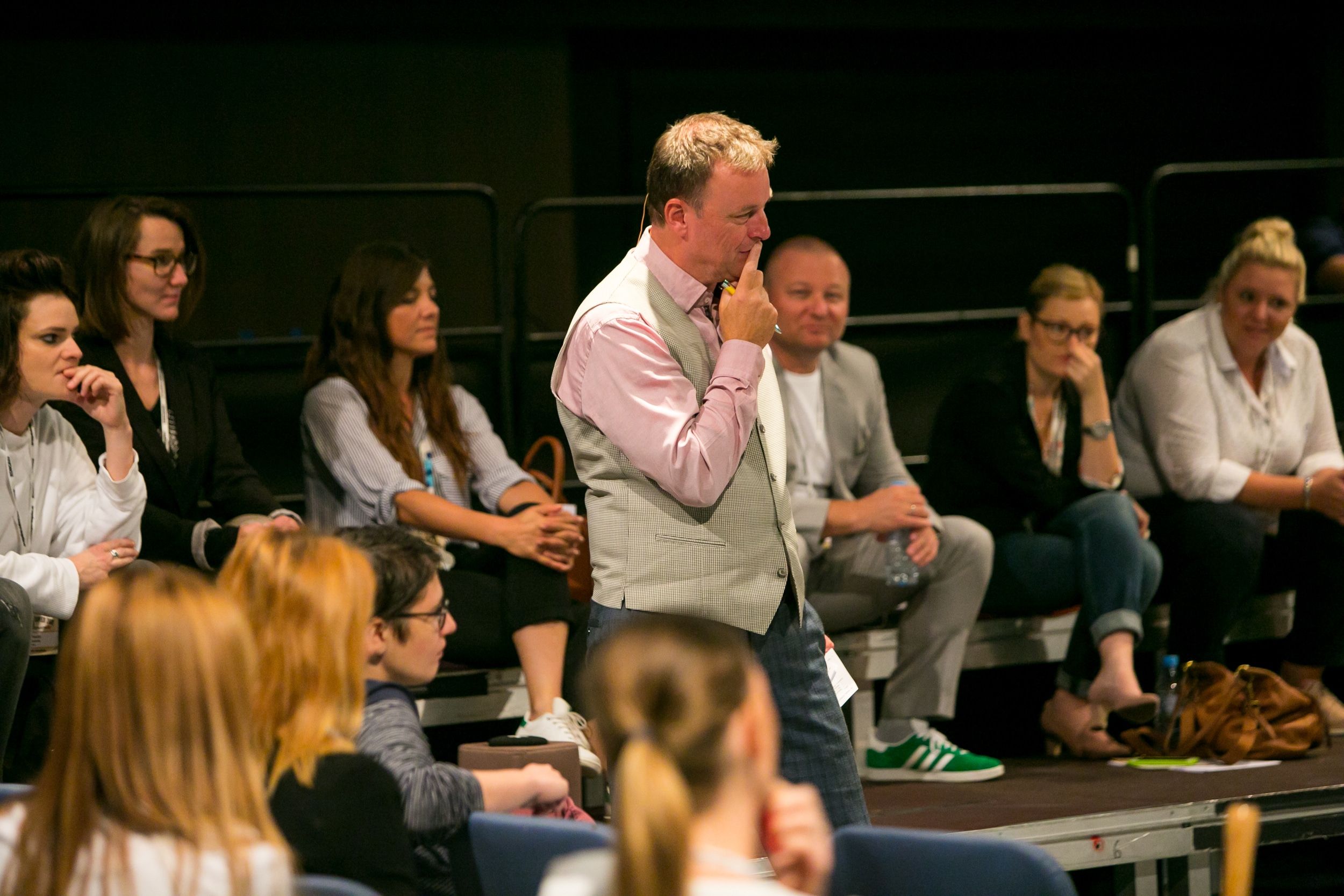
In addition to having a good moderator, the following things are key for creating good rhythm at events:
Time organisation
Time organisation is the foundation of event planning and rhythm. We have to think about what kind of tempo suits the participants, so we should have the daily biorhythm of the majority of participants in mind. When our stomachs start to growl, the most engaging content and acclaimed speakers will not heighten our focus. The length of individual segments should not be longer than the maximum time participants can spend together.
Accuracy in execution
Just like in music, accuracy is important in event organisation. It is when we are really good, precise and skilled that we can start to improvise. Being imprecise in event execution is the biggest rhythm killer. Everything that provokes stress will derail your participants from the optimal flow.
Intensity
A good sense of how intense individual segments of your event should be is something that comes with practice. In the end, everything must come together as one fine-tuned, rhythmically balanced whole. After lunch, a siesta, a short break or something that doesn’t require too much cerebral function will have a salutary effect on the participants.
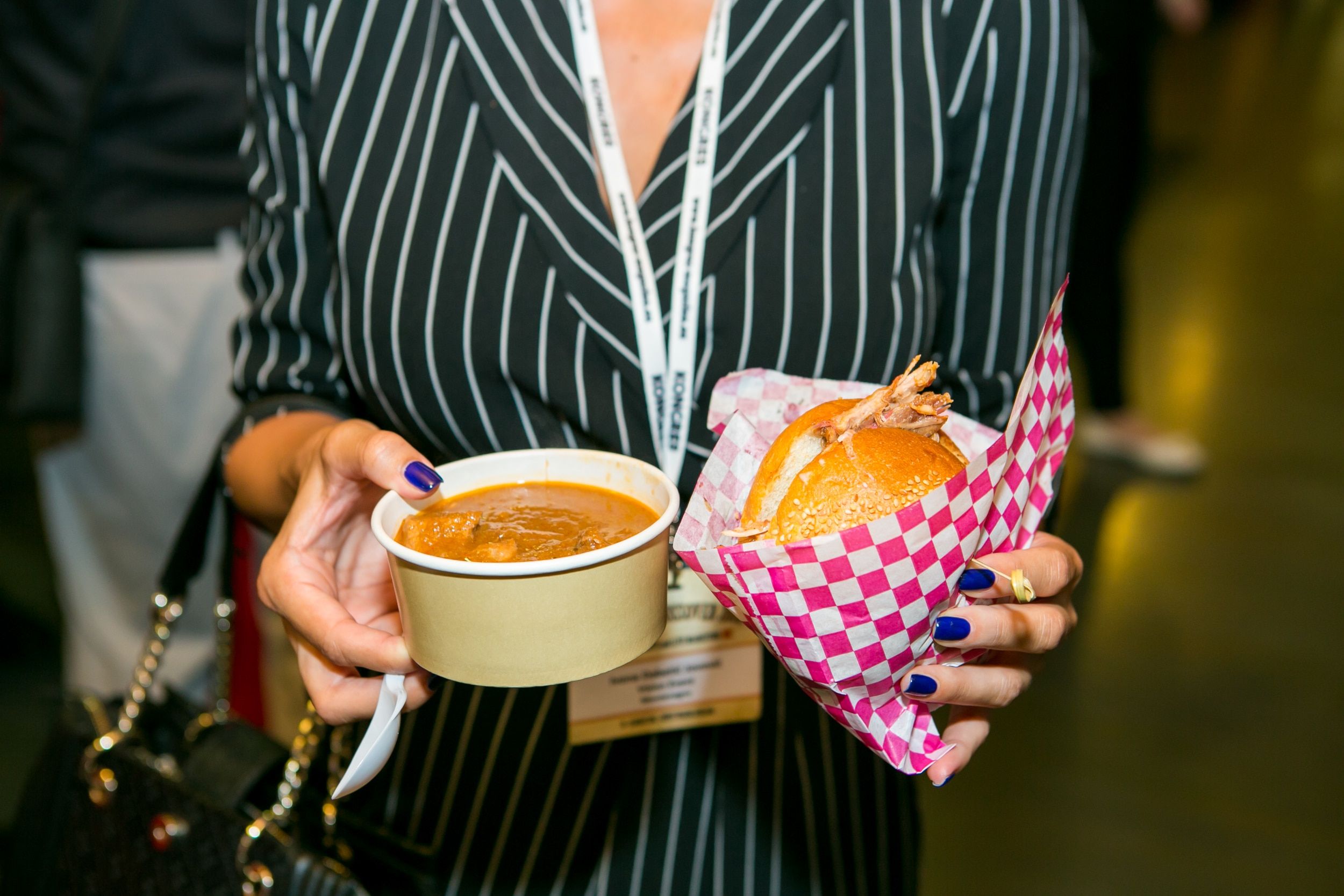
Rhythmic impulse
Rhythmic impulses are used in parts of the programme to raise and maintain rhythm. They can be triggered by different team-building activities during breaks, or as key segments in the programme. This is a great way to wake up and activate the participants.
Applications
Different apps can also help maintain appropriate event rhythm. Whether it be voting apps, social media walls or live questions, clever use of applications can actively involve the participants in your story. Throughout the years, we have tested many solutions, and our recommendation would be Slido.
Creative set-up
Creatively arranging an event space can drastically affect rhythm. If you set up a conference hall in a way that allows re-arranging during breaks, the participants will have to find a new seat once they come back from their coffee break. This means they will have to connect with different people and the rhythm will change for the continuation of the programme.
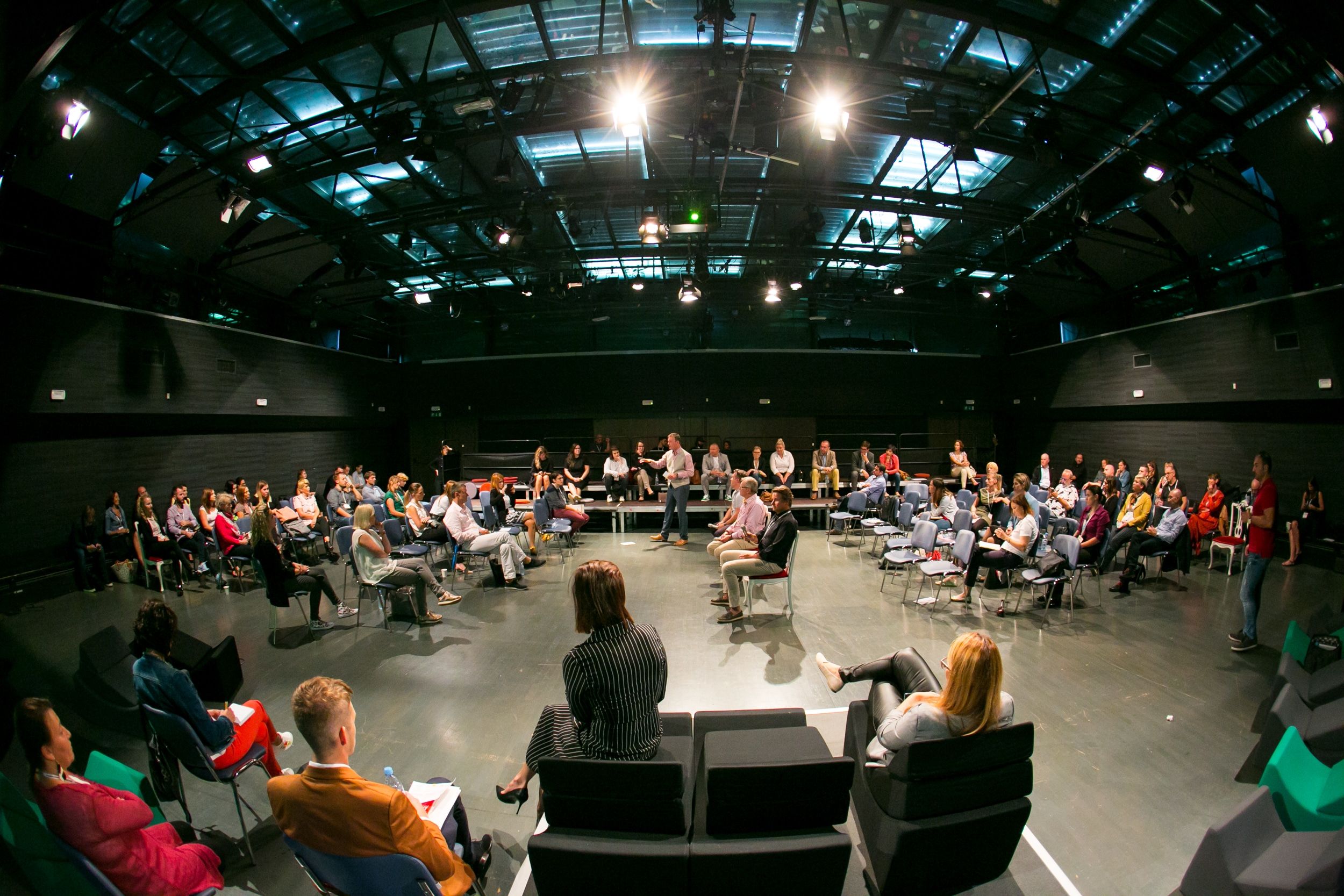
Test the waters
Try testing out a part of the programme on a smaller focus group and see how they react to the rhythm. If it works, use it on a real audience. Remember to be different; create a programme scheme that the attendees are not used to. You can turn your usual programme scheme upside down, but always follow the needs of your participants and never mindlessly copy other events.
Draw inspiration from music.
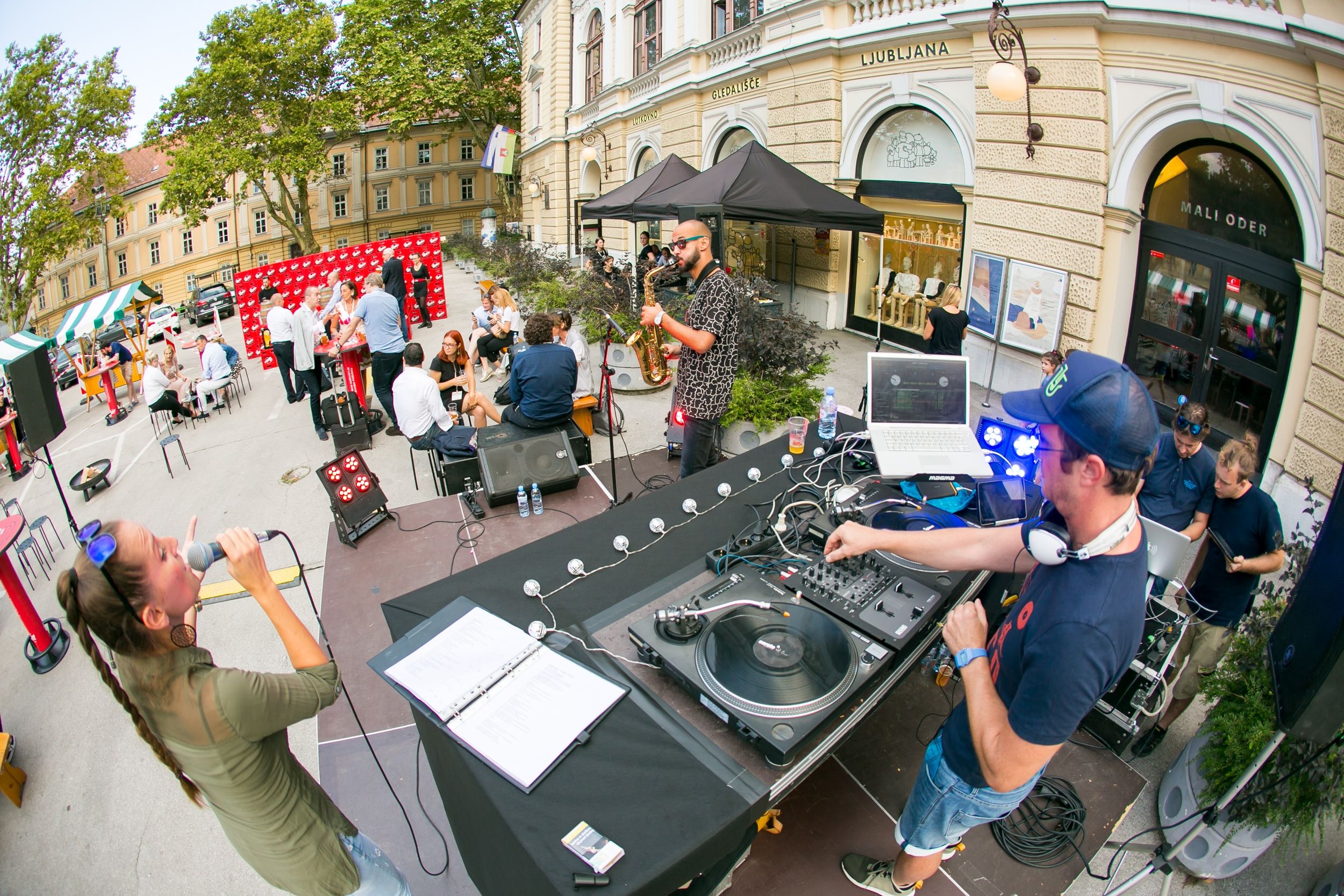
In terms of rhythm, pop-rock has a pretty monotonous time signature, so dig into other genres. For example, jazz artists are masters of improvisation and merging rhythms into new harmonies. On the other end of the spectrum, there is the rhythmic express: electronic music with its 120–140 beats per minute, closely mimicking the beat of the heart. In certain situations, this can also work. Sometimes, it is recommended to throw your participants off guard and change rhythm, just don’t get too carried away and forget about who your attendees are.
RECOMMENDATIONS
We recommend using different event formats when designing your programme. They are presented in detail in the next chapter. For every event format, the right speaker has to be chosen, so make sure you know their background beforehand. Being proficient at managing rhythm separates a good meeting planner from an average one. The most typical mistake every musician makes is losing rhythm. Often, this also happens at events. If you have an innate sense of rhythm, things will be much easier, but don’t worry if you were not born with a natural ear for music. Everyone can develop it with practice.
INSPIRATION
GOOD PRACTICE CASE
Worldventures Convention Motivational Conferences
Motivational conferences, where they have mastered the principles of rhythm, started in the United States. In Europe, the most notorious ones were the Amway conferences that brought together a merry company of diamond experts. Multi-level marketing systems have infiltrated tourism as well, and Worldventures are the masters of it.
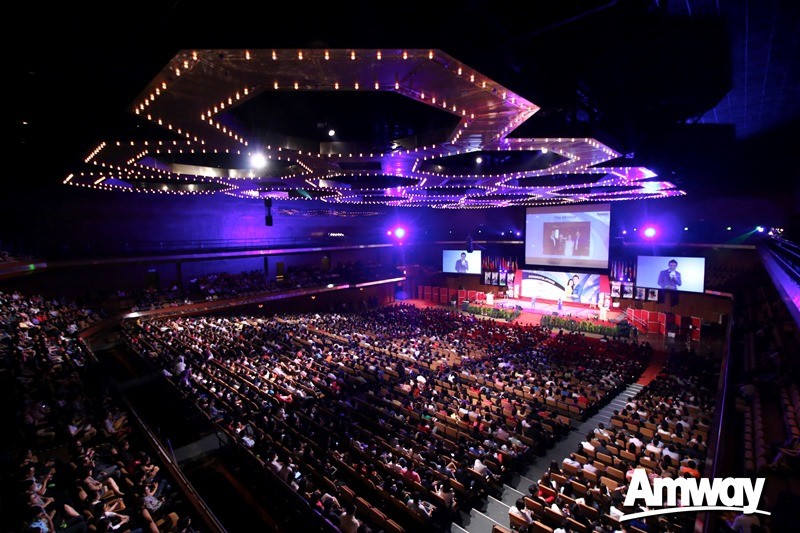
In spite of what we might think about their sales tactics and the ethics of MLM, from an event planner’s perspective, their events are excellently organised and visited by a multitude of people. They really know how to motivate their salespeople, keep the tensions high and take command of rhythm. MLM conferences have mastered rhythm, and I think they could take on the very best: church ceremonies of different religions.


